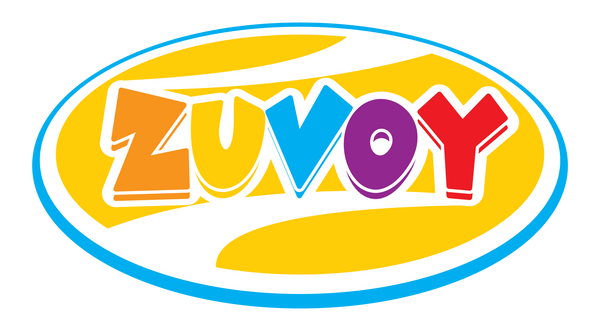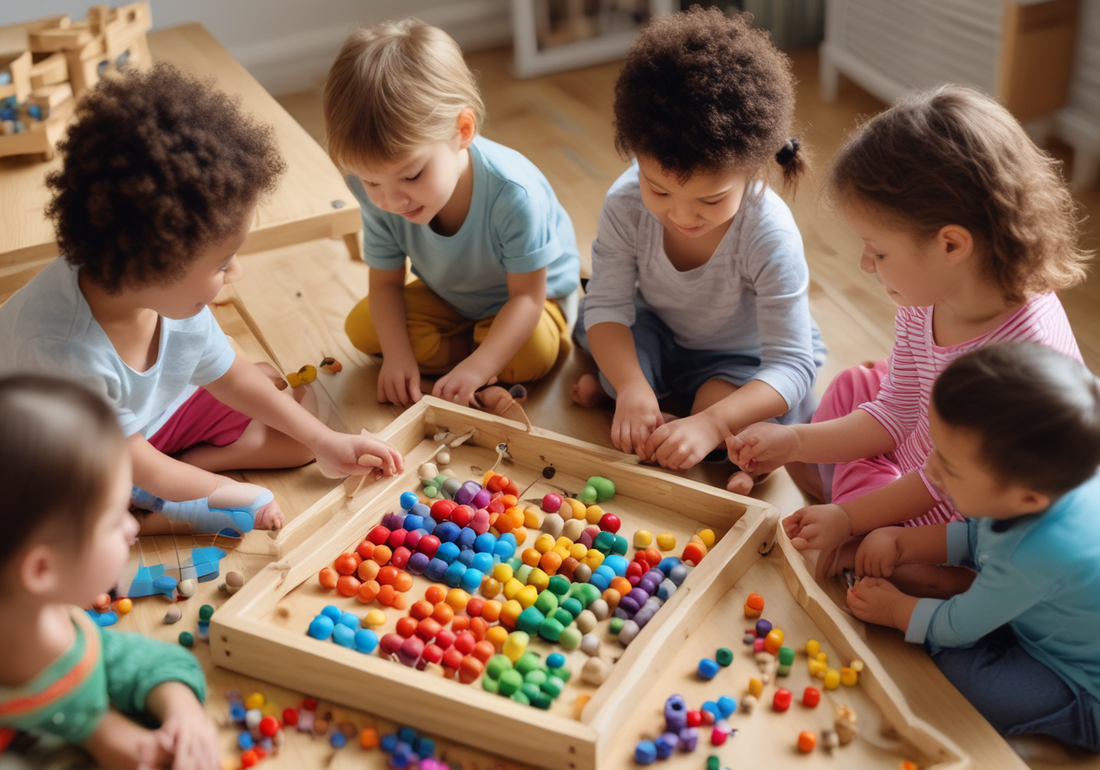Key Highlights
- Wooden math learning toys, particularly alphabet-themed options, stand out as durable, eco-friendly options for toddlers and preschoolers, fostering effective learning.
- Counting beads, abacuses, and shape puzzles introduce fun math concepts like addition, subtraction, and counting.
- These educational toys enhance cognitive development and numeracy skills, providing practical tools to master multiplication and subtraction.
- Their child-safe, travel-friendly design promotes hands-on, screen-free engagement, making math joyful.
- By blending creativity with practicality, these toys offer an exciting DIY-style approach to math learning early on.
Introduction
Educational toys, like wooden math tools, help toddlers start to learn numbers and basic math in a fun way. These toys mix entertainment and basic math, so toddlers can get effective learning experiences. Using counting beads or playing with simple puzzles, children can learn while having fun with math. Wooden toys are safe and durable, so they can be used again and again. They help with a child’s thinking and growth. These toys get kids interested, turning math fun into an adventure. Are you ready to learn more about their amazing world?
Exploring Types of Wooden Math Learning Toys
 Wooden math learning toys come in many shapes and forms. These toys are made to help kids see and work with math in fun ways. Some toys use counting beads and abacuses. These tools help kids get to know numbers by moving the beads back and forth. They mix old ideas with new ways that get kids to join in and play.
Wooden math learning toys come in many shapes and forms. These toys are made to help kids see and work with math in fun ways. Some toys use counting beads and abacuses. These tools help kids get to know numbers by moving the beads back and forth. They mix old ideas with new ways that get kids to join in and play.
Some wooden toys also use shape-sorting and puzzles. These are great in preschool because they help with hand skills and also start to teach basic math. Kids can learn about shapes, numbers, and how to count in one activity. These toys are not just for play. They also help build skills that can last for years as kids grow and learn.
There are so many creative wooden toys out there. This means every child can find a toy that matches the way they like to learn. Ready to look closer at the different types of these toys? Let's start with counting beads and abacuses.
Counting Beads and Abacus
Counting beads and abacuses are some of the oldest educational toys you can find. These tools use colorful beads for counting, helping toddlers learn basic math. Kids really like to move the beads with their hands, which makes learning numbers fun and easy.
These toys are also great to use when kids start learning subtraction. Young people can see how numbers go down when they take beads away. This makes the idea of subtraction much easier to get. That is why many teachers still pick an abacus, even though there are new ways to learn math now.
You can use these toys with a big age group. Little kids can use the beads to know numbers. Older kids might use them as a way to see how multiplication works. These handmade toys feel strong and natural, so people say they are safe and good for the earth. Plus, they are nice for kids to play with and touch. Do you want a toy that is just as durable and fun? Next, we will talk about shape-sorting puzzles.
What are the benefits of using wooden math learning toys for children?
Wooden math learning toys provide numerous benefits for children, including enhanced cognitive skills, improved fine motor development, and increased engagement in learning. Their tactile nature fosters hands-on exploration and creativity, making math concepts more tangible and enjoyable. Additionally, they promote problem-solving abilities while encouraging interactive play and social skills.
Shape Sorting and Puzzles

Shape-sorting, mazes, and puzzles bring a fun way to learn math for preschool kids. These toys let children fit shapes into the right spots. This helps them use their hands and builds strong thinking skills. It also helps them start with solving problems from a young age. The toys are made to be durable, so they can last even when little ones play rough.
Puzzles like these do more than just help with counting. They teach about things like fractions and help kids learn where things fit in space. Children can see that small shapes can join to make bigger ones. This links math and play in a simple way. Plus, these puzzles are good for travel, so kids can learn and be busy when out and about.
Many shape puzzles have compact designs. This makes them great for parents who have busy lives with preschool kids. These toys do more than look nice. They help put the basics of math into normal play. Next, let’s look at the real educational benefits these toys bring.
Educational Benefits of Wooden Math Learning Toys
 Wooden math toys are very good at making kids curious and teaching them real-life skills. The toys help with active problem-solving, which lets children explore counting, subtraction, and multiplication in simple ways at school. Their benefit is not just in math. They also help kids grow their thinking skills.
Wooden math toys are very good at making kids curious and teaching them real-life skills. The toys help with active problem-solving, which lets children explore counting, subtraction, and multiplication in simple ways at school. Their benefit is not just in math. They also help kids grow their thinking skills.
These toys give hands-on learning instead of screen time. With this, children learn to focus and find new creative ways to use their minds. When they count beads or work on puzzles, they mix fun and learning together. This helps get them ready for school in the long run.
Enhancing Cognitive Development and Numeracy Skills
Wooden toys are good for learning. These help toddlers get better at thinking skills and counting. When young kids handle things like counting sticks and an abacus, they build the skills needed to think in a clear and smart way. These toys also give a lot of help with basic subtraction and addition.
Most children find multiplication hard, but wooden tools with beads or simple tables can help. Kids see the numbers, get a better idea, and start to understand more easily. Beads on an abacus or other simple setups give them a way to see how numbers go up and down.
Here is a quick look at what these toys do:
|
Skill Enhanced |
Example Activity |
Benefit Gained |
|---|---|---|
|
Cognitive development |
Solving shape puzzles |
Improves logic and problem-solving |
|
Numeracy skills |
Counting beads with abacus setup |
Master basic subtraction and addition |
|
Multiplication practice |
Using wooden math wheels |
Clear visualisation, easier comprehension |
Wooden math tools keep kids busy and make them learn by doing. This helps them become more independent and gets them ready for harder school tasks in the future.
Conclusion
To sum up, wooden math learning toys give a fun and useful way for kids to learn more about numbers. These toys help children get better at math by letting them use their hands and explore new ideas. This helps their minds grow while they play and enjoy learning at the same time. There are many kinds of toys to pick from, like counting toys, counting beads, and puzzles for sorting shapes. So, every child can find one that fits how they like to learn.
Using these toys does more than teach math ideas. They also help build creativity and problem-solving skills. If you want to help your child do well in math, adding wooden math learning toys to their playtime can be a great choice.

